Mapping: A Critical Introduction to Cartography and GIS
🧭 Mapping – A Critical Introduction to Cartography and GIS
“Mapping: A Critical Introduction to Cartography and GIS” challenges the traditional view of maps as neutral tools. Instead, it explores how mapping is deeply connected to power, politics, identity, and representation. This book reframes GIS and cartography not just as technical practices — but as social constructs that influence how we understand the world.
Drawing from critical geography, political theory, and cultural studies, the book unpacks topics like map bias, colonial mapping, surveillance, counter-mapping, participatory GIS, and the ethics of spatial data. It encourages readers to question who creates maps, for whom, and with what consequences.
This book is perfect for:
- 📚 Students of geography, urban studies, or critical data studies
- 🧠 GIS professionals reflecting on the ethics of their work
- 🗺️ Academics interested in postcolonial or feminist cartography
- 💬 Activists and community mappers using GIS for social justice
If you've ever thought that a map is more than just lines and layers — this book proves you're right. It’s a powerful lens into the invisible politics of spatial representation.
Keywords: Critical Cartography, Mapping and Power, GIS Ethics, Political Geography, Counter Mapping, Participatory GIS, Social Impacts of Mapping, Map Bias

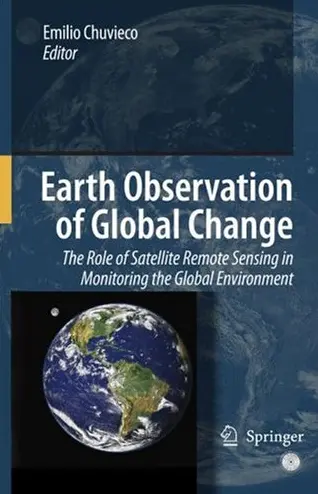
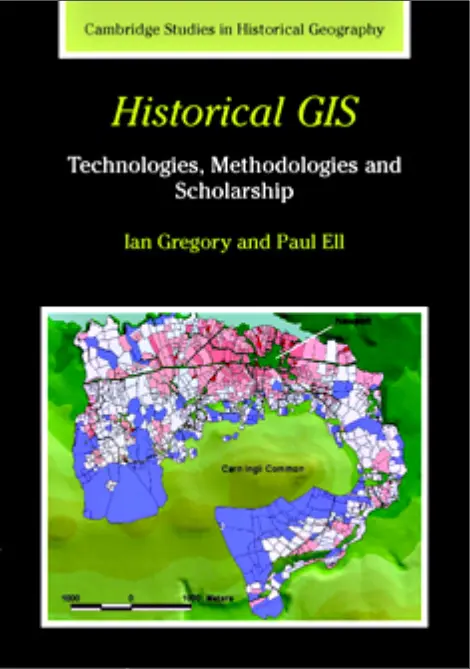
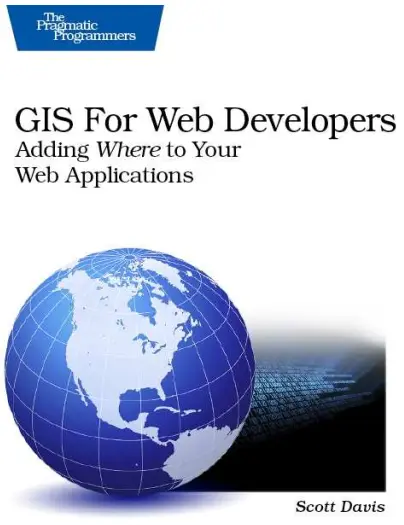

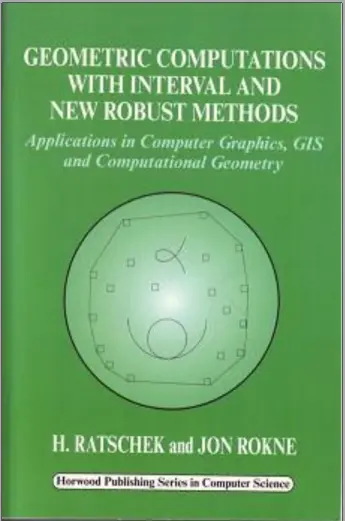
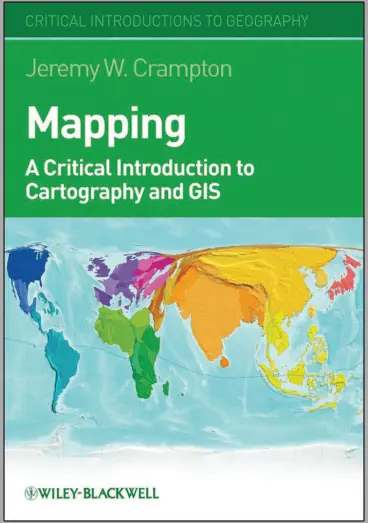
comments
Leave a Reply
Your email address will not be published. Required fields are marked *